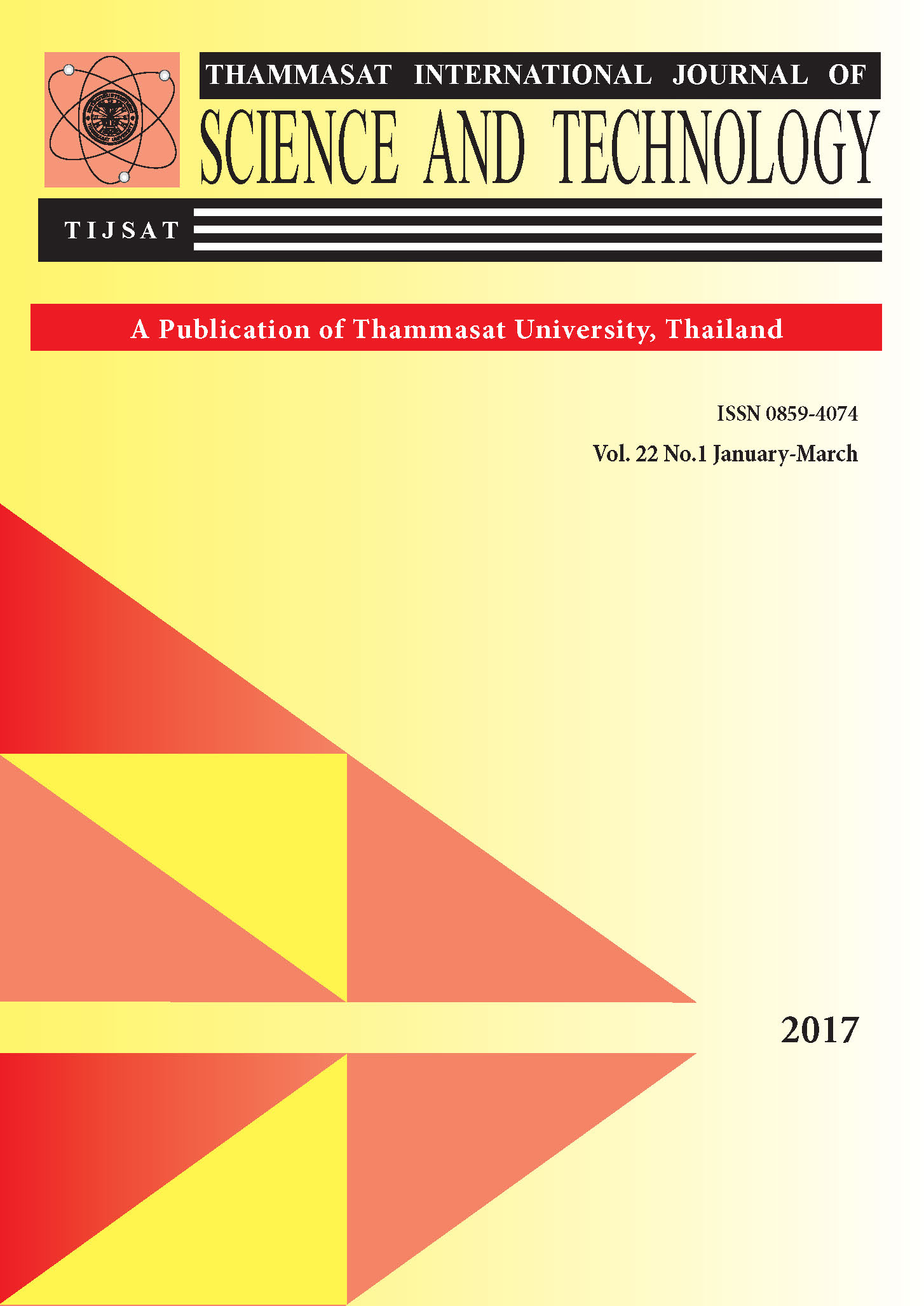The Study of the Intensity-Curvature Term: Applications in Magnetic Resonance Imaging of the Human Brain
##plugins.themes.bootstrap3.article.main##
摘要
This paper presents an overview of the characteristics of the intensity-curvature term with applications in image processing and also in Magnetic Resonance Imaging (MRI) of the human brain. The intensity-curvature term is the key concept that merges together the value of the signal with the value of the classic-curvature, which is the sum of the second order partial derivatives of the model function fitted to the signal. The model function fitted to the signal needs to have the property of second order differentiability, and also to have at least one non null second order partial derivative calculated at the origin of the coordinate system of the pixel. The mathematical meaning of the intensity-curvature term is the mapping of the signal into a novel domain where each value of the signal is multiplied by the arctangent of the angle subtended with the horizontal, by the tangent to the first order derivative of the model function. The mapping merges the value of the signal intensity and the classic-curvature of the signal. Hence, the resulting intensity-curvature term embeds information about both signal intensity and concavity-convexity of the model function. In addition to the classic-curvature, and consequential to the mapping, the intensity-curvature term allows the calculation of three supplementary intensity-curvature measurement approaches (ICMAs): (i) the intensity-curvature functional, (ii) the signal resilient to interpolation, and (iii) the resilient curvature. This paper reviews the implications of the intensity-curvature term with specific focus on the meaning and the nature of the ICMAs, which provide additional imaging of the human brain MRI.
##plugins.themes.bootstrap3.article.details##
##submission.howToCite##
Ciulla, C., Shikoska, U. R., Reckoski, V., Veljanovski, D., & Risteski, F. A. (2017). The Study of the Intensity-Curvature Term: Applications in Magnetic Resonance Imaging of the Human Brain. Science & Technology Asia, 22(1), 27–44. 取读于 从 https://ph02.tci-thaijo.org/index.php/SciTechAsia/article/view/80881
栏目
Engineering


